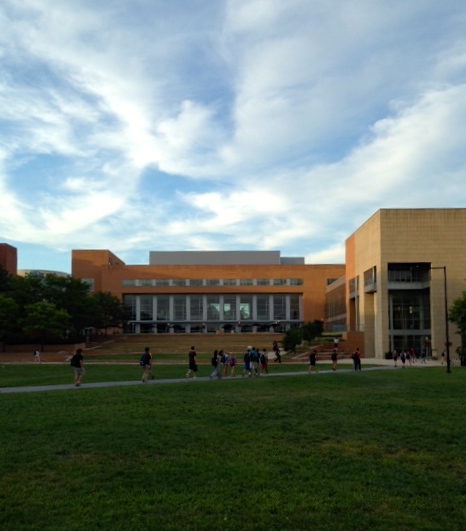A couple days after the University of Maryland, Baltimore County celebrated its 50th anniversary, the school received nearly $5 million from the National Science Foundation to increase STEM minority graduation rates. UMBC has gained a reputation for the amount of students majoring in the STEM field. Between 2004 and 2014, it increased its STEM majors by 48 percent, which outpaced its overall enrollment by 18 percent. While UMBC is known for its STEM program, the university supports other disciplines such as the arts and the humanities. For instance, its new Performing Arts and Humanities Building will allow students to collaborate with the purpose of developing them into leaders, according to UMBC President Dr. Freeman Hrabowski III. In addition, UMBC’s Breaking Ground project fosters student civic and community engagement through a variety of programs.
In the amount of students graduating with STEM degrees, UMBC is succeeding while other universities are establishing ways to be as successful. The difference that sets UMBC apart from other colleges and universities may help explain the unique UMBC culture. It’s a relatively small, diverse community that features students from different racial, religious, ethnic and socioeconomic backgrounds. The environment at UMBC is commonly referred to as nerdy, which is certainly true, for it’s common on a Friday or Saturday night to see the 24-hour study center packed with students studying mathematical concepts.
The undergraduate population at UMBC is different from other colleges and universities. This may be because a majority of the students are commuters, so in comparison to other colleges and universities, the undergraduate population consists of non-traditional students. These may be students who are the first in their family to go to college or are balancing school while working full-time.
The culture at UMBC stems from the leadership there, which starts with President Hrabowski. His vision, leadership and commitment to academic excellence are reflected in the faculty and students. Rather than being competitive, the academic environment at UMBC is more collaborative. Faculty encourage students to pursue original research and assist them through the research process. Unlike those at other universities, the faculty at UMBC are not only providing valuable knowledge, they’re also active in ensuring their students are academically successful. For instance, students have the opportunity to present their research before an academic audience at UMBC’s annual Undergraduate Research and Creative Achievement Day.
UMBC’s accomplishments are pretty remarkable considering that the university is only 50 years old. Unlike larger colleges and universities, such as the University of Maryland, UMBC is more financially constrained because it does not have as vast an alumni base nor does it receive as much state funding. Clearly, UMBC has overcome this challenge and is no longer the school that students go to when they do not get accepted into this university. In addition, UMBC’s accomplishments demonstrate that middle- and working-class students do not have to attend prestigious institutions to be academically successful and engage in original research.
Leslie McNamara is a public policy graduate student specializing in health policy. She can be reached at lamcnamar@gmail.com.



